|
Intro to Media Critique As a former high school, and current college professor, teaching feminism and media literacy, one of my favorite projects has always been a feminist media critique. Students have consistently cited this project as one of their favorite parts of class, and I like it because it gives students an authentic opportunity to think critically—using an intersectional feminist lens—about the media they are consuming. I backwards plan my curriculum, so I will explain the goal of the unit first. Students choose a piece of media (i.e., film, song, ad campaign) that features a person, organization, genre of music/film, etc. you like and answer this question: Does this piece of media (re)produce or interrupt oppression? To support diverse preferences for expression and varied skill sets, this year, I plan to invite students to submit their responses as one of the following formats:
In addition to the overarching question, I ask students to share the piece of media they are analyzing as an image, link, or video clip. I also remind students that a high quality analysis does not require an extensive summary of the piece of media. I ask students to include thoughtful connections to at least two relevant class texts (e.g., readings, podcast episodes, films, class slides). I also ask students to speak to the specific identities portrayed in the piece (e.g., genders, races, sexualities) as well as the relevant context(s) (e.g., historical, sociopolitical, economic) related to the piece. To support students, I ask scaffolding questions such as: Does the piece reinforce or challenge stereotypical depictions of individuals and groups? Does it recognize and address sociopolitical issues and contexts or does it avoid or gloss over important issues and contexts? A note on how this project has changed: Historically, I didn’t have one succinct question that framed this project. Instead, I used all of the scaffolding questions listed above. While these questions are helpful, they are best used as supports to break down the larger question into concrete bites. The project needs a clear and compelling driving question that’s exciting to answer and allows students to take a clear position: It (re)produces oppression; It interrupts oppression; or perhaps, It’s complicated. Grading Criteria Before students begin working on the project, I tell students how the project will be graded. I use a mastery-based grading system, which specifies the outcomes in which students will need to demonstrate mastery. A student’s grade will indicate that they are meeting the standard, have gone above the standard, or are still approaching the standard (and will have an opportunity to revise the project after receiving feedback on specific areas for improvement). I group my course outcomes into three categories, aligned to three of Dr. Gholdy Muhammad’s four literacy pursuits. Criticality. These outcomes seek to develop students’ understanding of power, oppression and justice. My specific course outcomes are: I can recognize the ways in which gender and race are socially constructed; I can recognize and describe the structural causes of injustice experienced by members of various identity groups; and I can ask “What about women” and also “Which women?” when analyzing false universals (assuming a single identity/story/ experience). Intellect. Outcomes in this category build students’ ability to apply what they have learned. My specific outcome for this project is: I can apply a feminist lens to a conversation, text, event, or issue. Skills. In this course, discourse is an important skill. My discourse outcome is: In written and verbal discussions, I can engage with curiosity, own the impact of my words, pause before responding, treat others with dignity, and hold myself and others accountable. While students do not demonstrate this skill within their independent project, once finished, they share their completed projects on a class discussion board. To prepare students to engage deeply with this project, I assign the following “texts” for students to read, listen to, or view independently:
During class lessons, I introduce Martha Nussbaum’s types of objectification and Layla Saad’s aspects of white supremacy (from her book, Me and White Supremacy). Following the introduction of theory, students have a chance to practice analyzing ads and other pieces of media in small groups prior to undertaking the independent media critique project. For practice, I have used images such as Post-It’s “for the little things you’ll forget” ad and Nando’s chicken ad as well as video clips such as Kylie Jenner’s Pepsi ad and Johnny Depp’s Sauvage Dior ad. I also share professional examples of media critiques with students so they can see what a high quality feminist critique looks like. I have shared this one from Anita Sarkesian on gendered tropes in video games, this one on one of the latest Star Wars films, and this one on Cardi B and Meghan Thee Stallion’s song, “WAP.” Over the years, my students have analyzed many songs from Beyonce (e.g., “If I were a girl” and “Pretty Hurts”), Maddie & Tae’s “Girl in a Country song,” advertisements from Old Spice to Hardy’s, television shows like AJ and the Queen and Good Trouble, and news coverage of police shootings. Perhaps the best evidence of this project’s success is the positive feedback I receive from students after completing the unit. Here’s one: “I learned in the semester, about a whole new way of thinking. I never really thought of these kinds of things before this class. Now I put a whole new lens on how I think.” That’s the power of an authentic, justice-based assessment. If you’re interested in creating your own feminist media critique unit, you can use my free Backwards Planning Template to get started. To continue the conversation, you can head over to our Time for Teachership Facebook group and join our community of educational visionaries. Until next time leaders, continue to think big, act brave, and be your best self.
0 Comments
Make Time for Current Events I regularly talk about the purpose of creating a justice-centered curriculum that talks about current events but today I am going to explain how that’s done. For a quick refresh, this is important because what happens in the world largely impacts our students’ understanding and problem solving. Having discussions about recent issues also connects students to larger themes throughout history. Furthermore, many of these occurrences are likely already affecting students who identify with groups that are continuously targeted based on race, class, gender, and other parts of their identities. Now that we’ve covered that, here are the steps you need to make this work for your units. Step 1: Pick a protocol for discussing current events with your students The goal is for students to be able to process their thoughts and emotions about the event through discussion. You may find it helpful to start with providing a piece of content about the event. Students would be able to read/listen and then engage with the information by annotating or journaling. Then when it comes time to connect as a group, I recommend either a verbal or written protocol where students are speaking with each other about the event or perhaps writing down thoughts in a virtual chat setting. “My favorite has always been circle protocol: a conversation where every student has the opportunity to weigh in and just share something in response to the current event or the topic at hand.” I’ve seen some teachers use additional student centered protocols as well. Student presentations are a great example of that. Step 2: Build the protocol into your flexible unit arc A unit arc is the progression of lesson activities that occur over the course of a unit. There’s a “hook” you want to have at the start of this arc. Your hook can be introducing the event to the class. Then on a different day, you could naturally have that discussion built into the unit. This means you won’t have to put your schedule of lessons on pause like you would without that flexibility. Rethink how you can deliver the objectives without pulling everything out of a textbook. When you switch from memorization of pre-made curriculum to a 4 unit model that’s project-based and centered in current justice events, the outcomes are phenomenal! For one, it enables more deep diving into a specific topic rather than just skimming the surface. Secondly, it will strengthen engagement because students are naturally more focused on what’s happening now in their lives. So leaning into that means you’re now able to go with the tide of attention instead of against it. Step 3: Let Students Lead Now that you’ve figured out how you want to set it up, you can give students the opportunity to lead discussions, choose the current event, and pick the media that they will interact with in the first stage. It’s so fun to see how much variety there is when everyone gets to bring in something they thought of themselves. If you would like some more ideas, the template that I’m sharing with you today is specifically made for student-led discussions around a current event so be sure to check that out! Step 4: Connect the Curriculum to Justice It takes work to relearn your curriculum design because traditional methods do not incorporate enough social justice. But it is so much easier than you think, you just have to be willing. So let’s make a goal right now: In every unit, I will teach for justice. This Is a Major Benefit of Planning Your Own Units When I say that this model gives you room for current topics, I mean it. In one of my classes, current event circles made up 25% of class time each week. I had the freedom to plan on the spot for things that came up. This might not sound like an easy thing at the moment because many teachers haven’t had the PD or clear administrator support to make their planning more flexible. Something that’s really given me more time to be present during class discussions is giving students more opportunities to handle things like outlining the discussion and filling in as moderators. It was powerful to see them facilitate these parts of class and practice those leadership skills. “We’re all sitting in this conversation together and we all get to see each other in these different lights of stepping up to lead or stepping back to be a participant.” Now that you’ve learned the four step process to creating more flexible curriculum with current events, click the link below to access the Circle Planning Template that you can give to your students for holding important conversations in the classroom. To continue the conversation, you can head over to our Time for Teachership Facebook group and join our community of educational visionaries. Until next time leaders, continue to think big, act brave, and be your best self. Boston-based musician, educator, and arts advocate, Christopher Schroeder is a catalyst for social change through music and arts education. With nearly 15 years of arts leadership and teaching experience, he has successfully established programs and influenced music ecosystems within the Boston community and throughout the United States. Schroeder currently serves as the Executive Director of the Boston Music Project, Module Director for the Global Leaders Program and is a guest conductor and education clinician with Conn Selmer, Inc. Most recently, he was recognized as a Boston Future Leader by the Greater Boston Chamber of Commerce and a quarter-finalist for the 2019 Grammy Music Educator Award. The Power of Music Music is a great way to unlock students’ creativity but did you know that it can be utilized for social justice and activism? There’s been surprising scientific research done that reveals students who play and listen to music reflect not just more self confidence and creative energy, but also higher drives to change the status quo. The exercises that Chris teaches in his music classes are aimed at deepening students' sense of identity. “The work that we do at the Boston Music Project is centered around ensemble-based learning, social emotional learning, civic action, and creative self expression.” The idea that inspired one of their main projects was what if we could use our knowledge of music to communicate messages about social justice. What if our music could inspire people to take action? So that’s exactly what Chris and his music group set out to do. One of their pieces was heard by families of victims from school shootings. This type of musical activism gives children a chance to build and expand their own identities. But then, the COVID-19 pandemic hit, and he was presented with a new challenge—how do they keep the mission going? He started small, asking students questions to generate more conversations that could keep engagement circulating even while everyone was stuck at home. Then, the music advisors in the project started leading sub groups of the class to foster closer communities. The secret ingredient was incorporating poetry into the work. Maya Angelou’s “I Know Why the Caged Bird Sings” became a valuable resource for creating their next music project. He shares, “We established a pulse that was associated with the mood. And then we started to get into the text. Which lines of text connected with a child more than another?” Embed Social Emotional Learning Over time, they created a digital music production that was able to flourish with support from teaching artists from the Boston Music Project. Chris shares that he made sure the routines that were done in person stayed the same during virtual class time to help students make a smoother transition. The students had the same clear expectations, mindfulness practices, warm ups, etc. He recommends that students should be given more opportunities to voice their ideas. If they have more control over their projects, they are much more likely to want to stay involved. In addition, SEL plays a big role in these processes. The Boston Music Project hires SEL specialists to help translate concepts and inform their practice realizing how social emotional learning drives self-awareness, awareness of others, and responsible decision making. I hope this talk has inspired you to think outside the box with your teaching methods and social justice based learning. If you want to connect with Christopher, you can find him on the Boston Music Project Website, Facebook, Instagram, Twitter, and email. To continue the conversation, you can head over to our Time for Teachership Facebook group and join our community of educational visionaries. Until next time leaders, continue to think big, act brave, and be your best self. |
Details
For transcripts of episodes (and the option to search for terms in transcripts), click here!
Time for Teachership is now a proud member of the...AuthorLindsay Lyons (she/her) is an educational justice coach who works with teachers and school leaders to inspire educational innovation for racial and gender justice, design curricula grounded in student voice, and build capacity for shared leadership. Lindsay taught in NYC public schools, holds a PhD in Leadership and Change, and is the founder of the educational blog and podcast, Time for Teachership. Archives
May 2024
Categories |
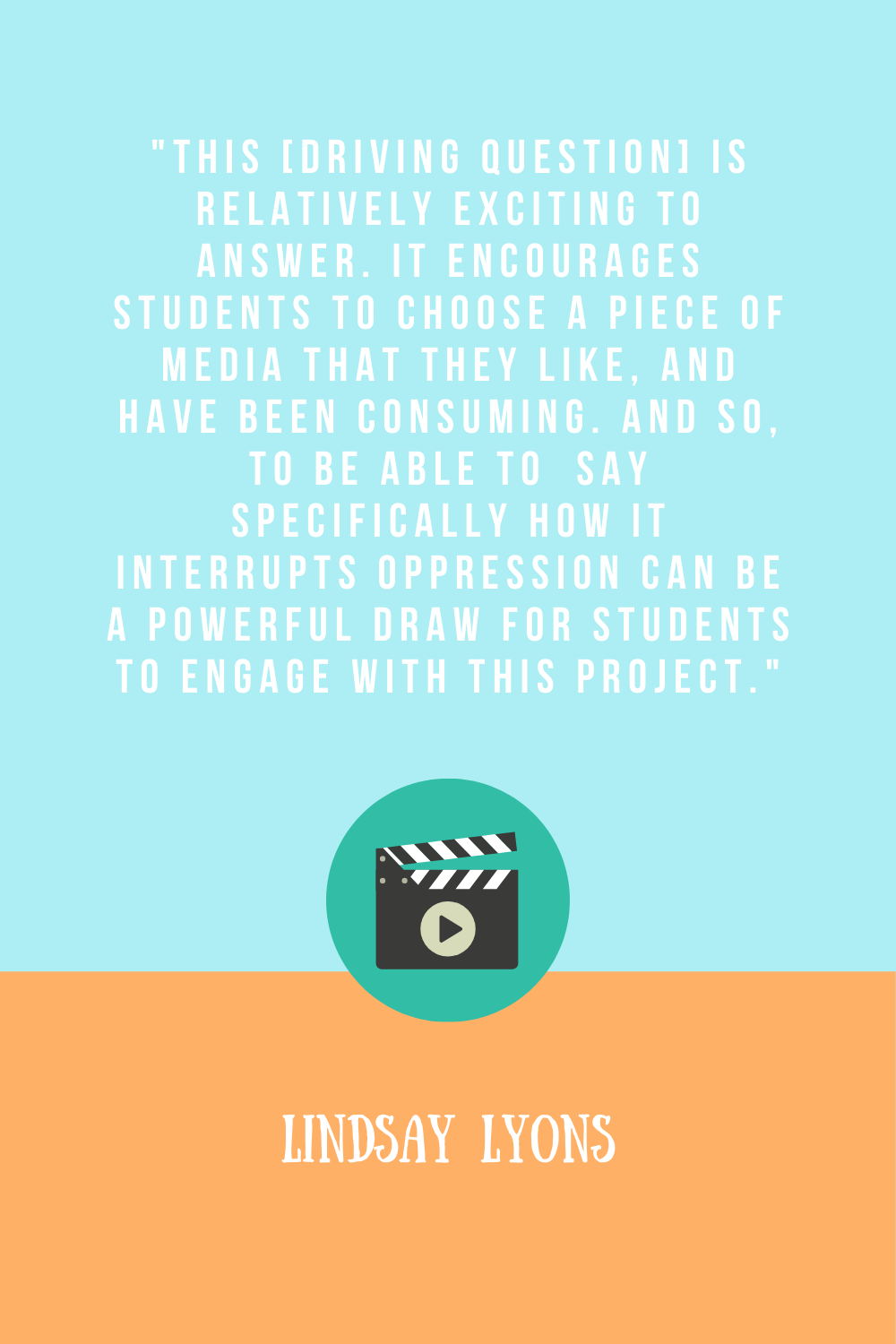
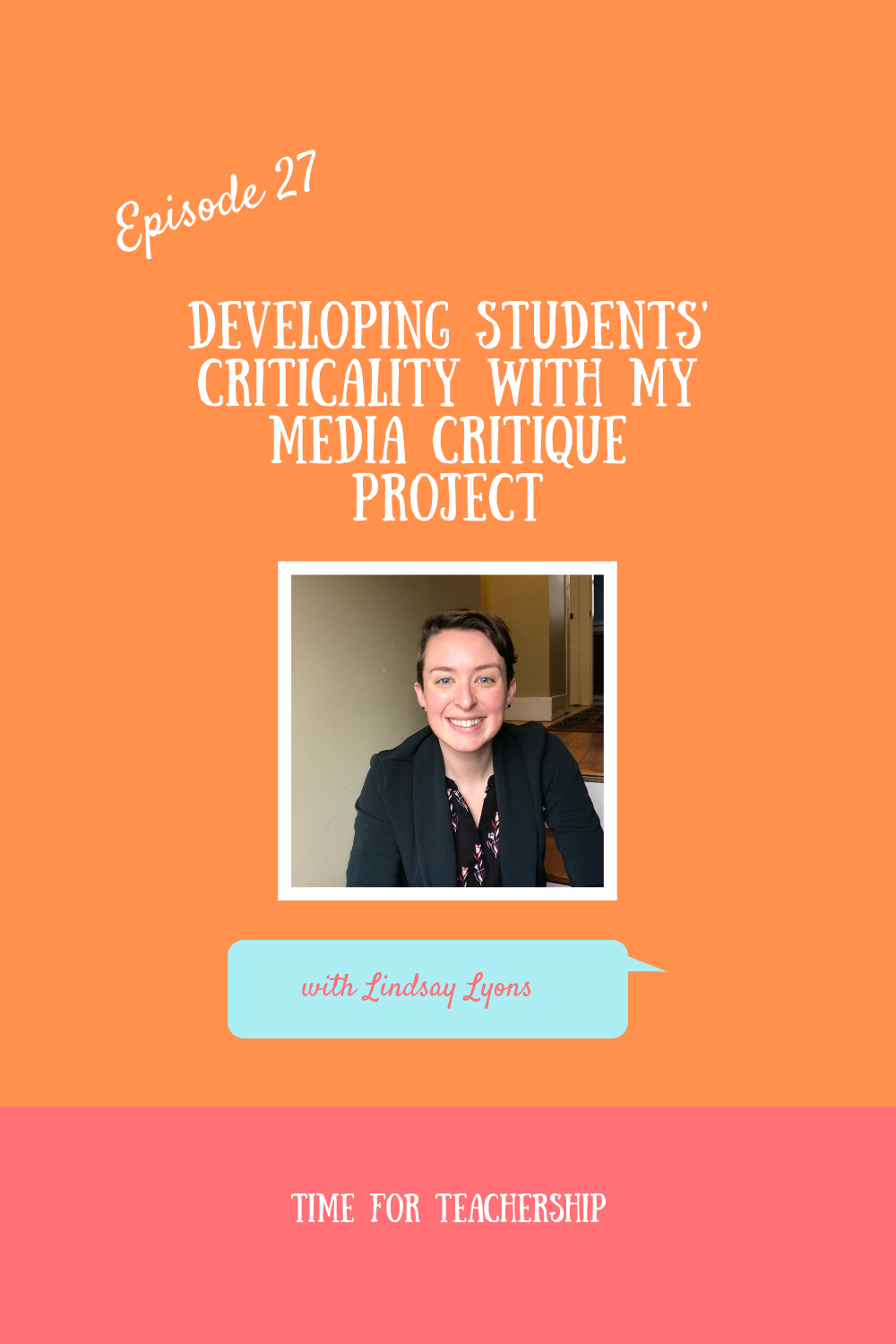
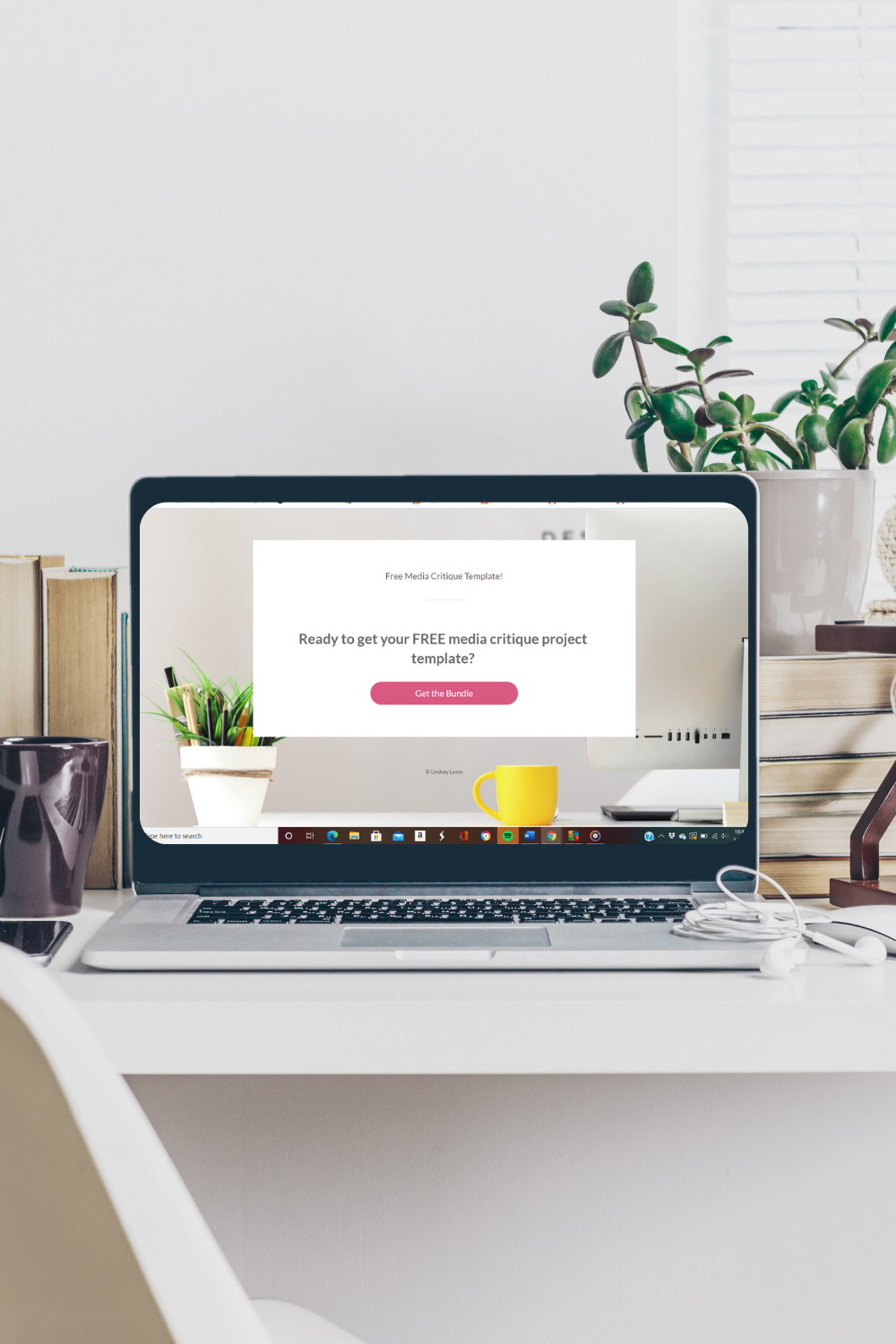

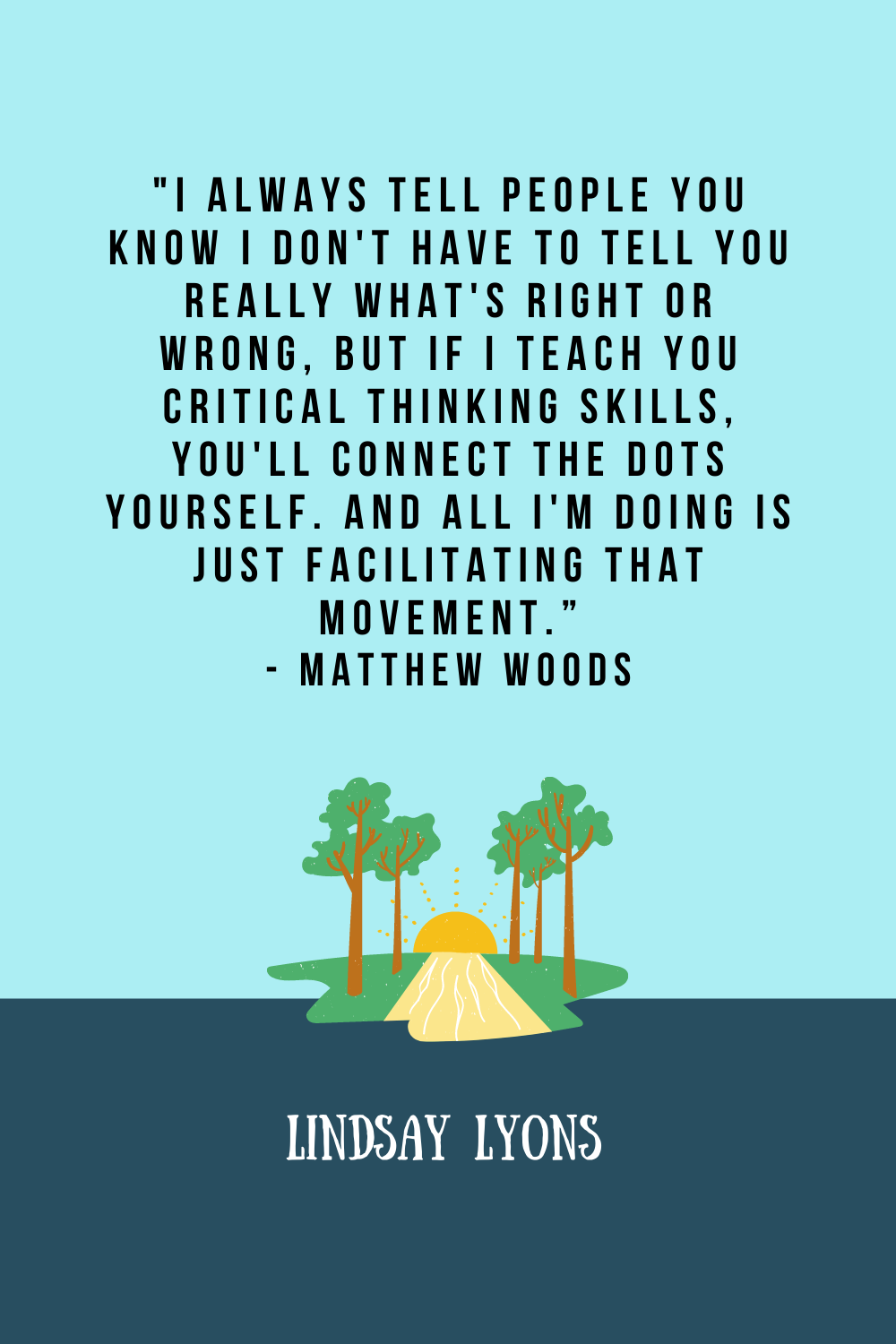
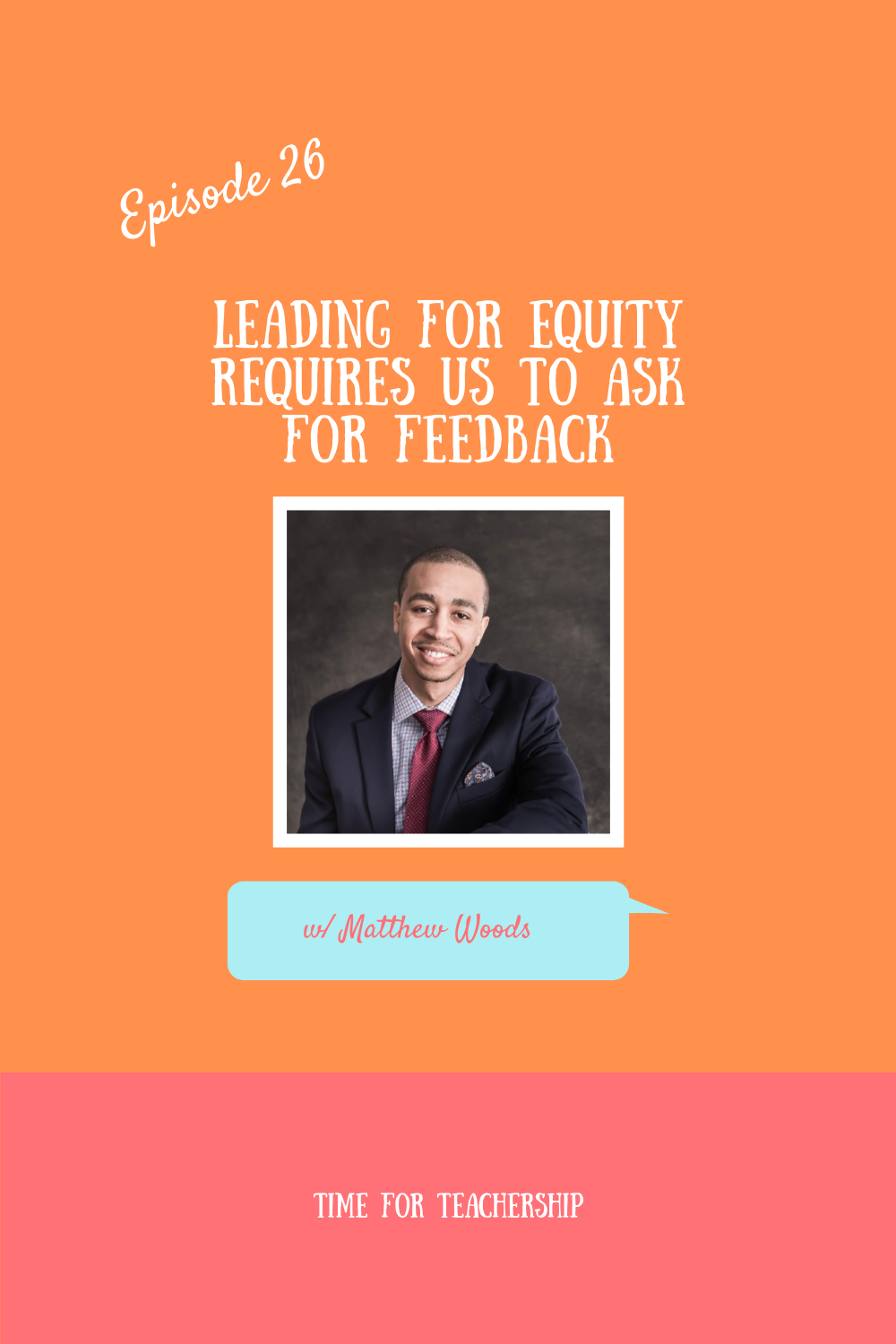
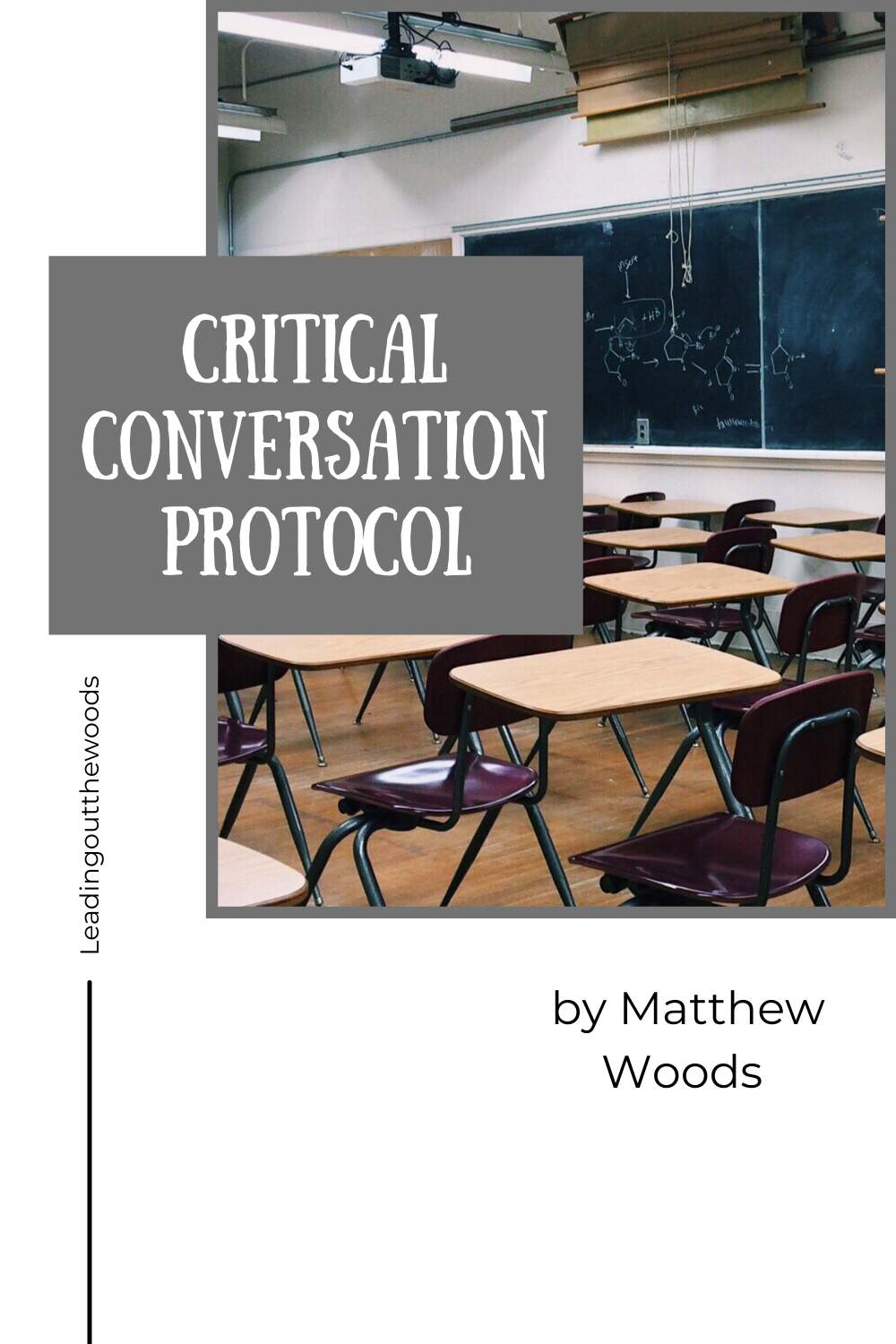
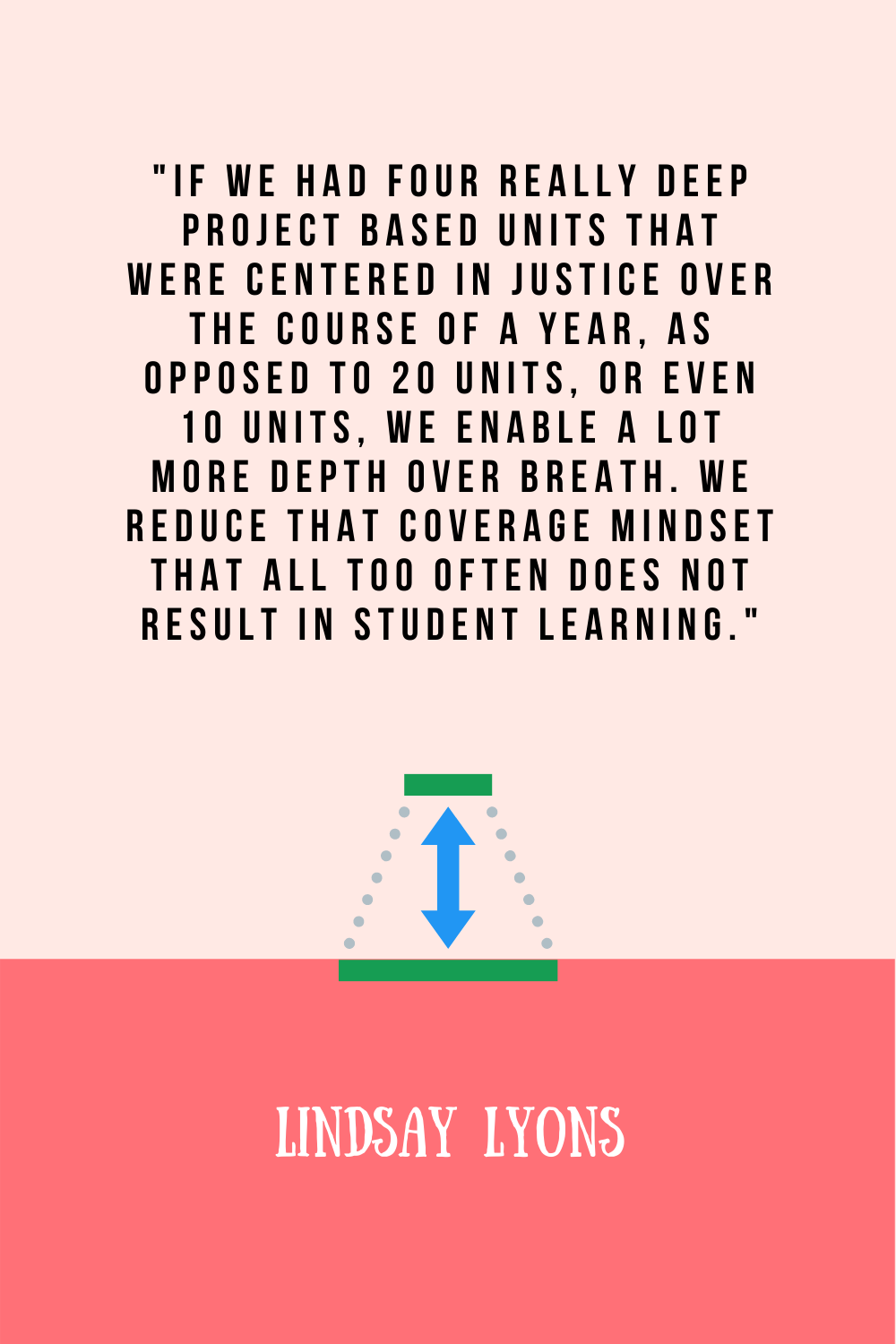
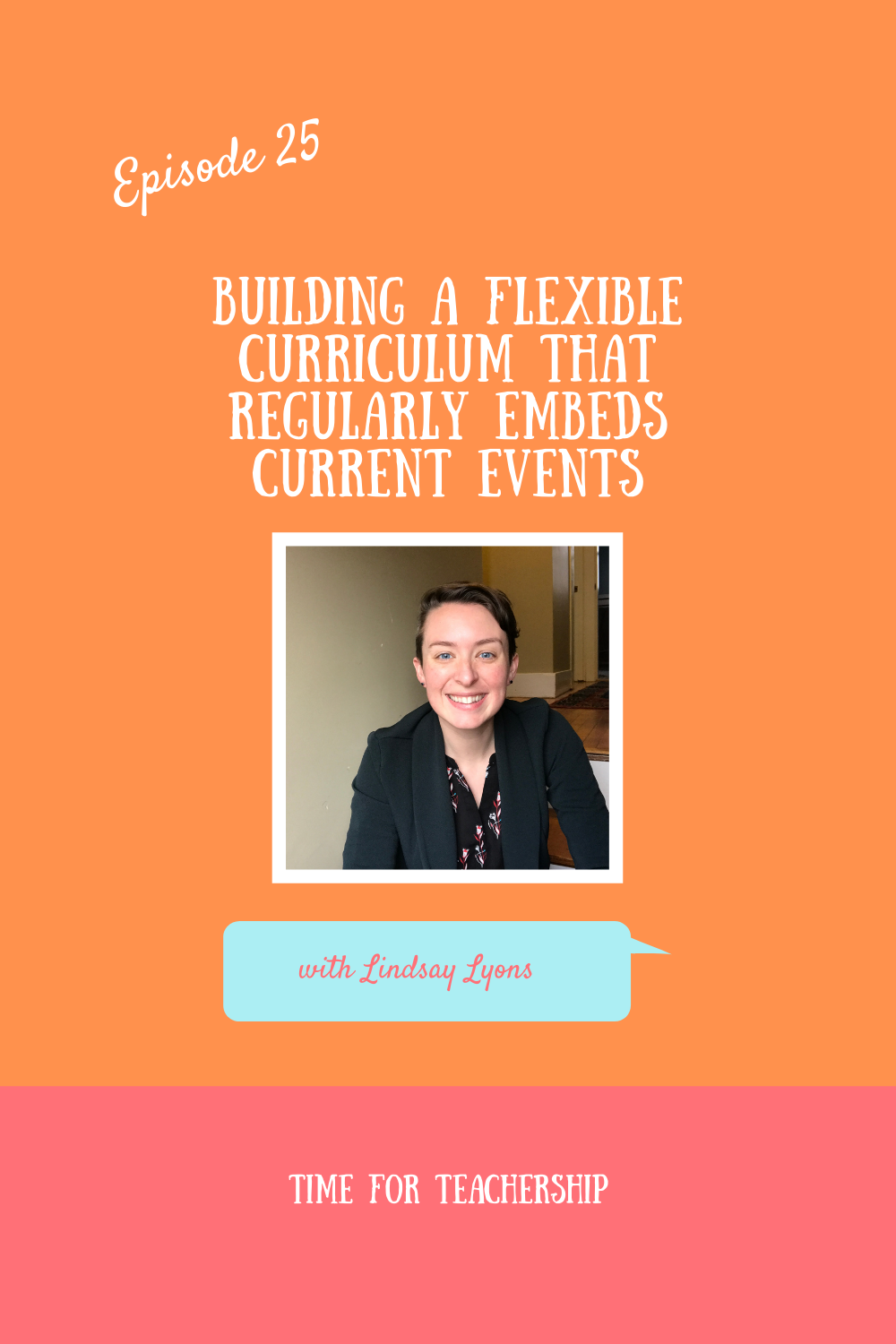
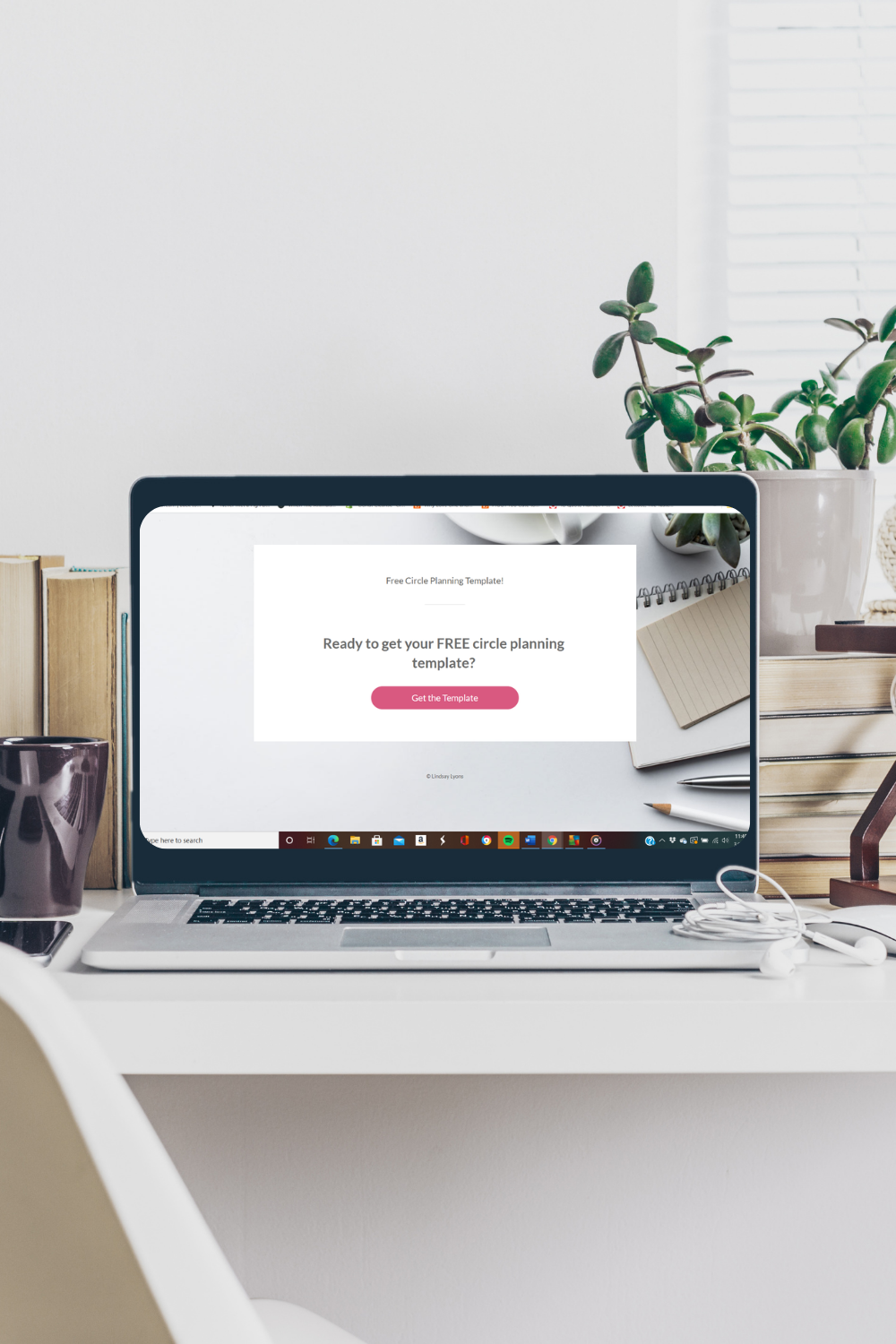

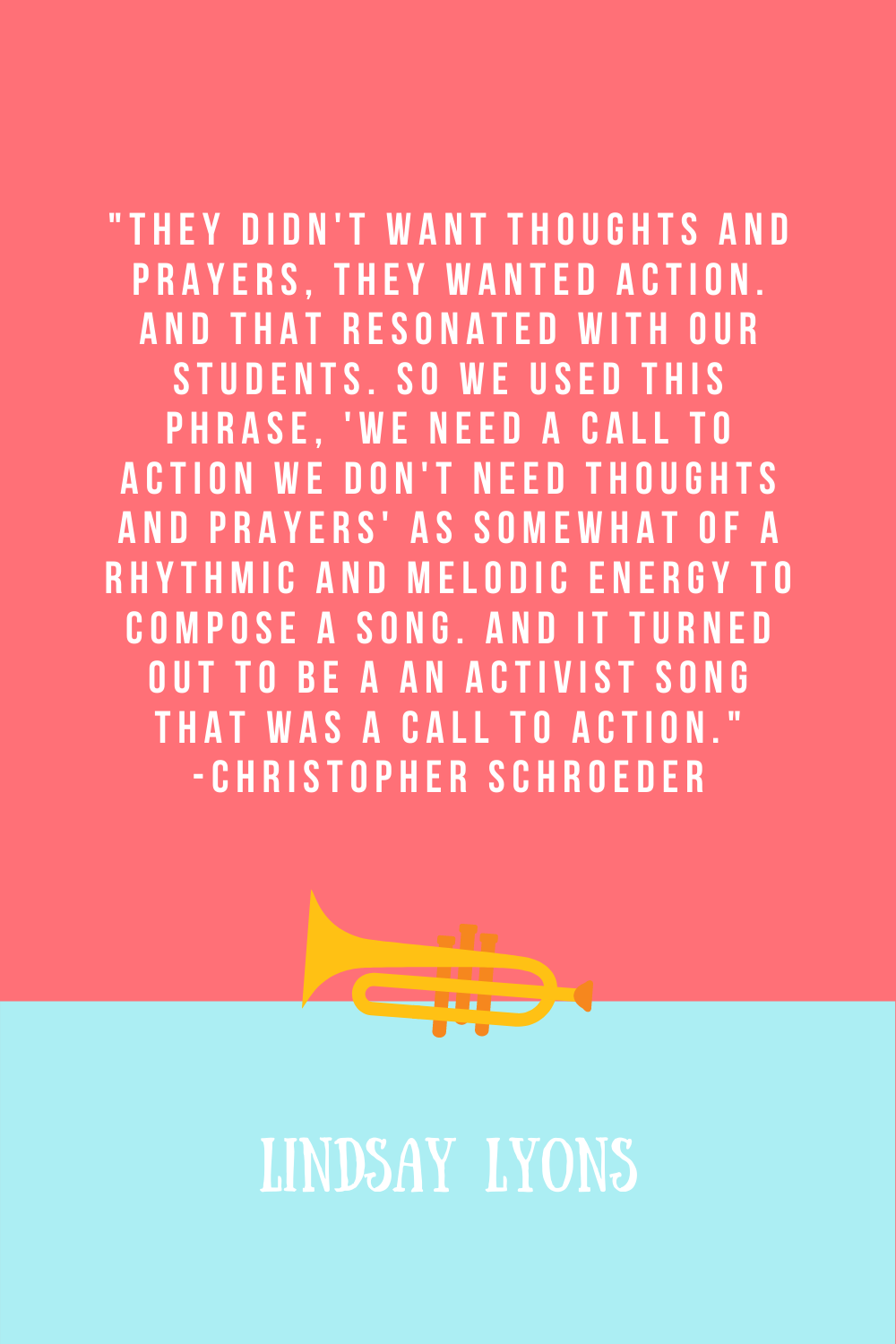
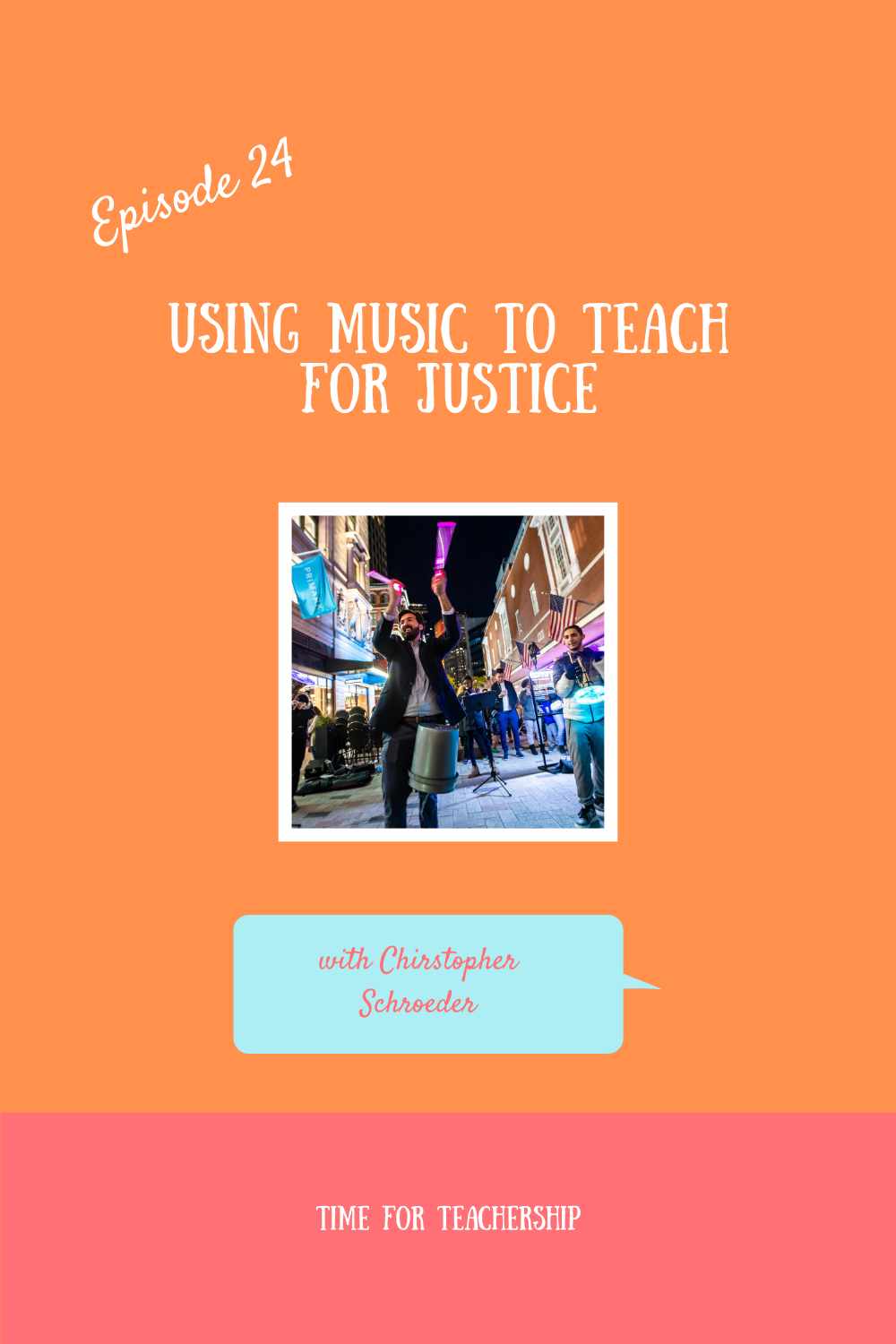
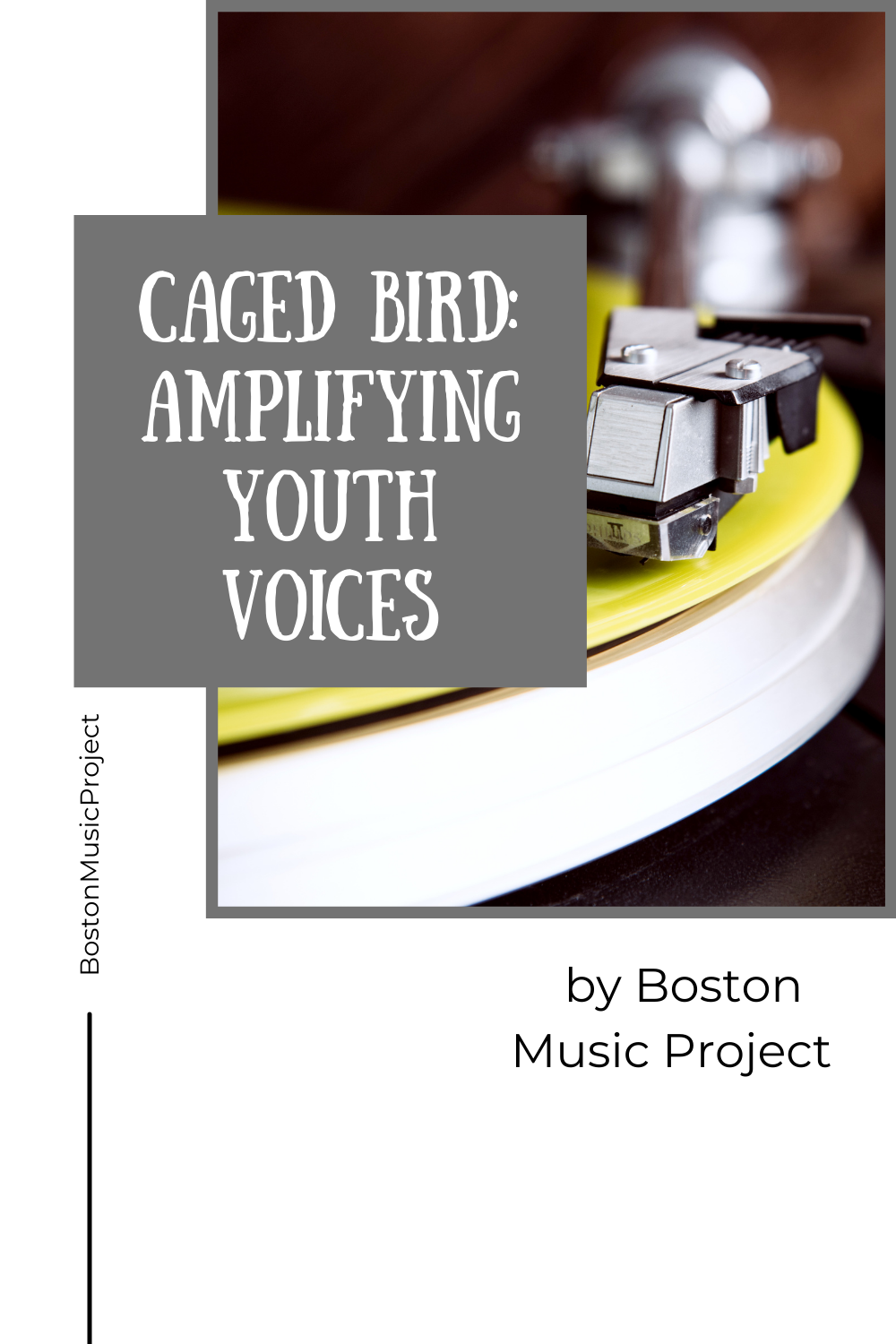
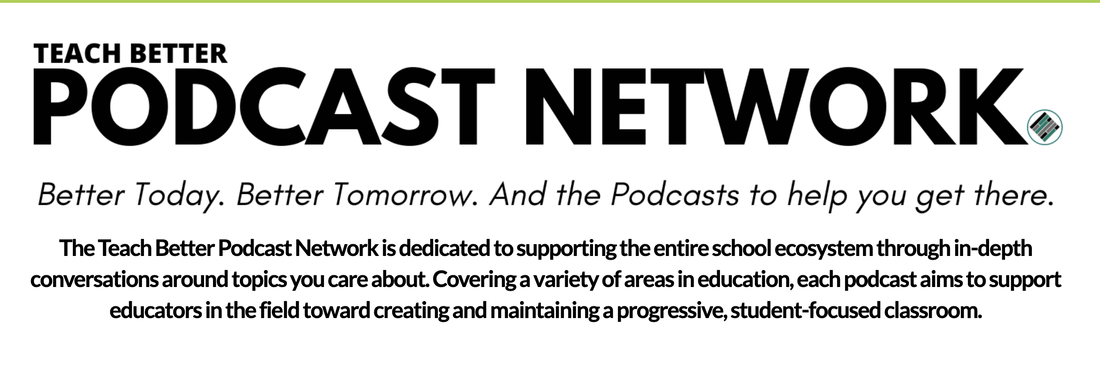
 RSS Feed
RSS Feed